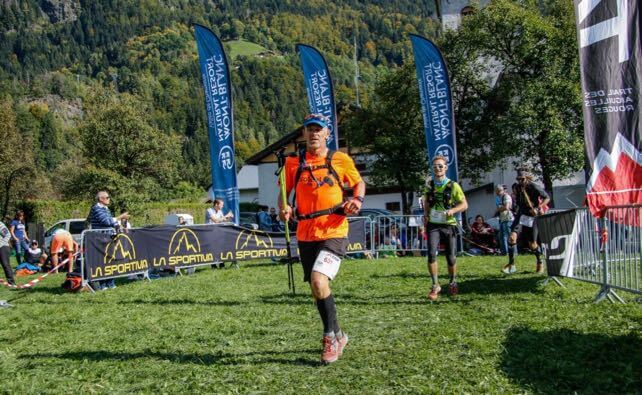
Nobody said it was easy. As this beginner’s guide to trail running demonstrates, making the transition from city streets to mountains paths is a punishing experience. But it’s also highly addictive: and once you’re hooked you’ll soon find yourself wondering, “Am I good enough to race?” After all, the popularity of mountain marathons has mushroomed in recent years. It seems a shame not to try at least one of them.
So – how do you know when you’re ready?
You might have jogged around resort or along some cross-country trails while on ski holiday, but that’s very different from some of the testing events that pepper the summer season in the Alps.
A race in a mountain resort isn’t just about the distance you have to cover, there’s also the dual challenge of exercising at altitude and the constant ascents and descents that most races include.
Before you enter an alpine trail race, I’d recommend you develop a good, extended programme of running. It depends on the distance of the race you want to enter, but shuffling round your local Parkrun on a Saturday morning is not enough to see you comfortably through to the end of a trail marathon.
That said, if you’ve already bagged your 10k or half marathon Personal Best and are looking for a new challenge, then you won’t find a better playground than the Alps.
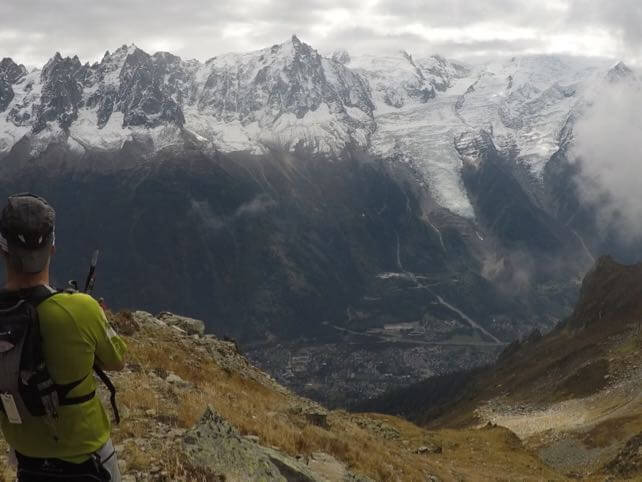
Which trail running race should you pick?
While a longer race may be your end goal, you don’t have to start there. Many of the longer-distance races also include novice events – there’s a 10km option at the Marathon du Mont Blanc that only has 325m of height gain, while the Eiger Ultra Trail offers a 16km ‘Pleasure Trail’ with 960m of vertical ascent.
Alternatively, you can race one single kilometre – as long as you’re prepared to climb all the way! Kilometre Verticale or ‘KV’ races are remarkably popular and almost every resort organises them during the summer months.
The Plum KV in Courchevel offers three dates through July and August. Meanwhile, true masochists should head to Les 2 Alpes for ‘La Double Vertical du Diable’ which involves not one, but two vertical kilometres of ascent.
You can also head uphill non-stop over the full marathon distance (42.2km). The profile for the Zermatt Marathon takes you steadily up through 1973m – from St Niklaus at 1116m to the top of Gornergrat at 3089m.
To many people, however, trail running in the Alps means ultra-running (an ultra being any race longer than a marathon).
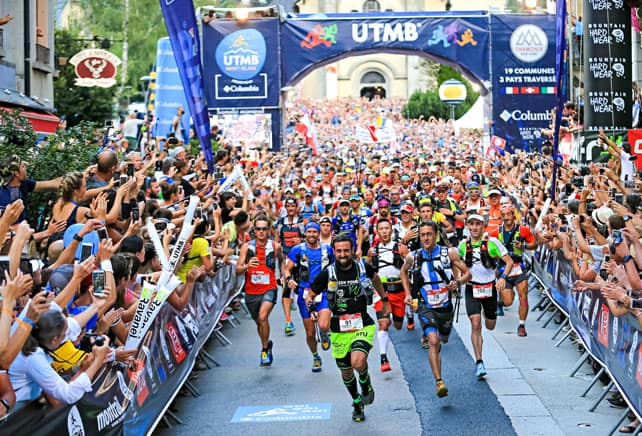
The daddy of all trail running races is the UTMB (Ultra-Trail du Mont Blanc) – possibly the world’s toughest single stage ultra marathon – which takes competitors over 171km through three countries. With around 10,000m of vertical ascent, you’ve got more than the height of Everest to climb.
If this sounds like something you want to add to your list, then start preparing now. To enter the UTMB, you need to have a minimum number of points obtained by completing authorised qualifying events. You have two years to accumulate your points from three races – all of which will have to be other tough ultra races.
The UTMB weekend also includes ‘shorter’ options such as the CCC (101km, 6100m+) or the TDS (119km, 7200m+), which both have lower points requirements.
Of course, there are Alpine ultra marathons that you can enter without any points requirements. Try the High Trail Vanoise in Val d’Isere (70km, 5400m+), the La 6000D in La Plagne (65km, 3500m+) or the Trail des Hauts Forts in Avoriaz (51km, 3800m+).
How to enter
Qualifying points aside, entry for all of the races is very straightforward through their respective websites.
One requirement you do need to watch out for is that most require you to submit a medical certificate from your doctor confirming that you are fit and heathy enough to take part. This may sound daunting, but in our experience, your GP will be happy to prepare this for you. Then simply take a photo of this letter and upload it when you enter.
You might also want to consider cancellation insurance when you enter. Many races offer this as an option and the longer you run, the greater the risk of injury is. So should the worst happen, and you get injured in your training, then it’s a small way of offsetting the disappointment.
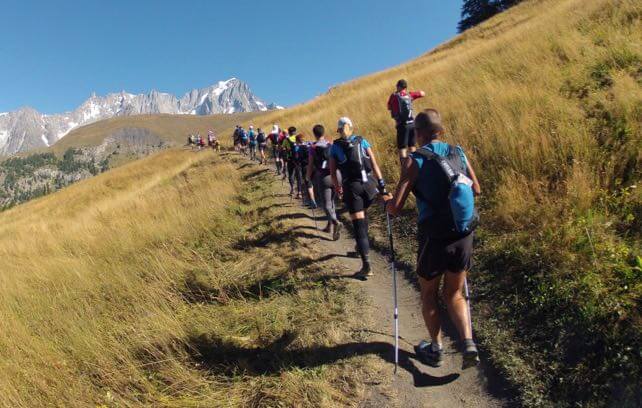
How to prepare
Clearly, you need to be fit enough to run the distance you’ve chosen. There are lots of training plans available online, but it’s useful to remember that very few people run the whole of a trail race. Most ascents are completed at walking pace and the longer the race, the longer you’ll spend walking. Long pacy walks can still be useful as part of the training for a long trail race as running.
Try and prepare as specifically as possible for your trail race. Instead of running on roads and pavements discover your local park or countryside footpaths to get used to running on uneven ground.
If you can find a hilly route and replicate the mountains as much as you can, that’s even better. If you live in Scotland or the Lake District that’s not so difficult, but in flatter areas consider repeats on the biggest hill you can find, or get along to the gym and set the gradient to 15% (with the added advantage that you can see exactly how many vertical metres you’ve climbed).
Training for altitude is more difficult and the only real solution is to head to the Alps. The UCPA offers trail running courses from their centre in Argentiere, Chamonix and pro-runner Robbie Britton also runs an Alpine Trail Camp based in Les Houches.
I’d recommend you invest in trail shoes rather than using your regular trainers. These tend to have grippier soles, waterproof uppers and a more robust design. You’re also going to be spending a lot of time on your feet, so investing in a pair of custom insoles from a specialist such as Profeet may also pay dividends, particularly if you are prone to blisters.
Before your actual race it’s important to make sure you try running with all the kit you’ll be using. Many races have compulsory equipment lists, including jackets, gloves, hats, head torches, safety blankets and other layers. Make sure you’ve tested everything in advance – including the nutrition you’ll be taking with you. Nothing should be tried for the first time on race day.
When it comes to the day, take it easy and don’t go off too fast from the start. If it’s a long race try and split it up into smaller segments and focus on each mini goal within the bigger race.
If you feel bad, then eat. And if you feel good, just smile! As Kilian Jornet says, “There’s no greater sense of freedom than when you run on a ridge that seems to hang in the air.”
Iain Martin is an experienced runner and has completed the Marathon du Mont Blanc and CCC. This is his video report from the 2016 CCC race from Courmayeur to Chamonix.
ARVE Error: For the maxwidth (maxw) option you need to have normal or lazyload mode enabled, either for all videos in the plugins options or through shortcode e.g. [youtube id=123456 mode=normal maxw=999 ].


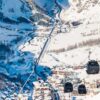
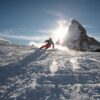






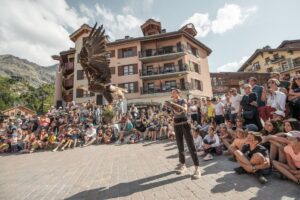


Add Comment